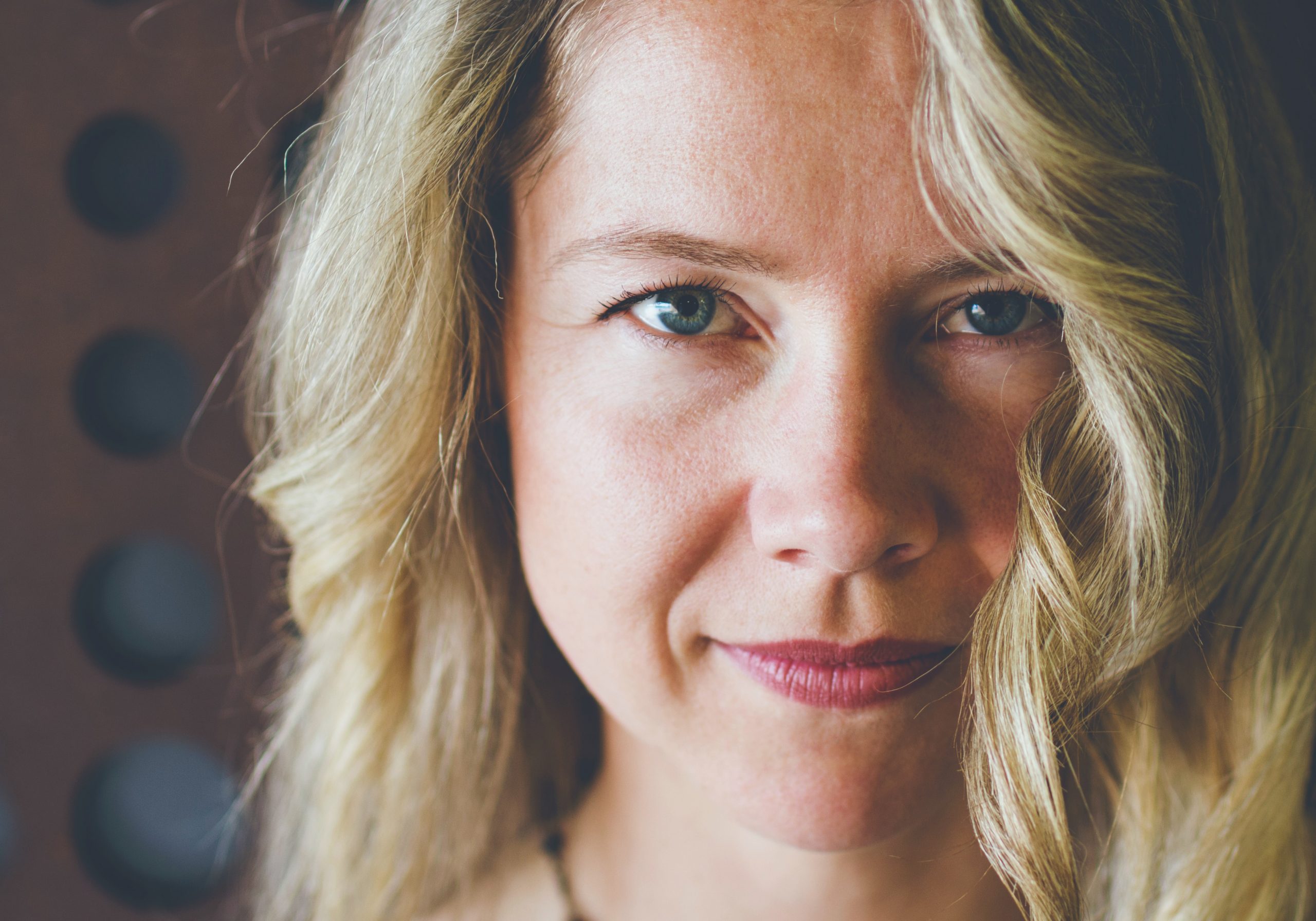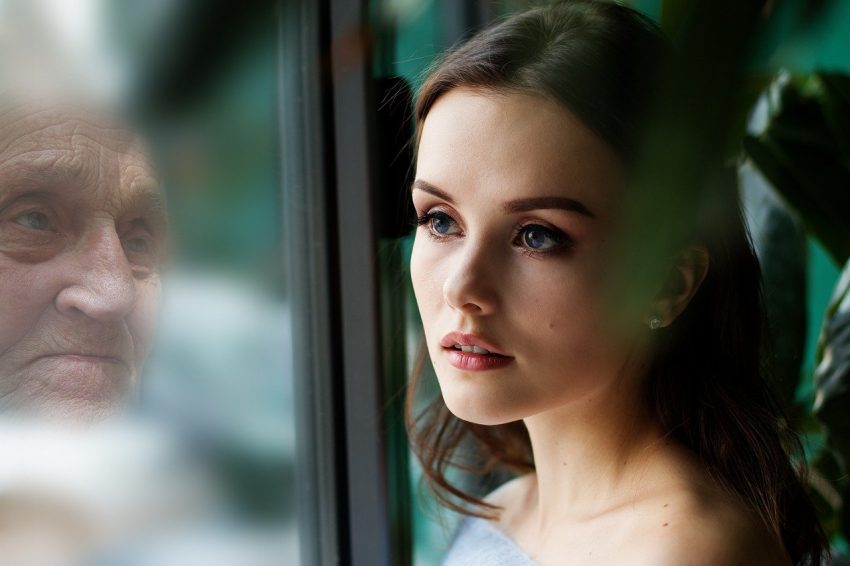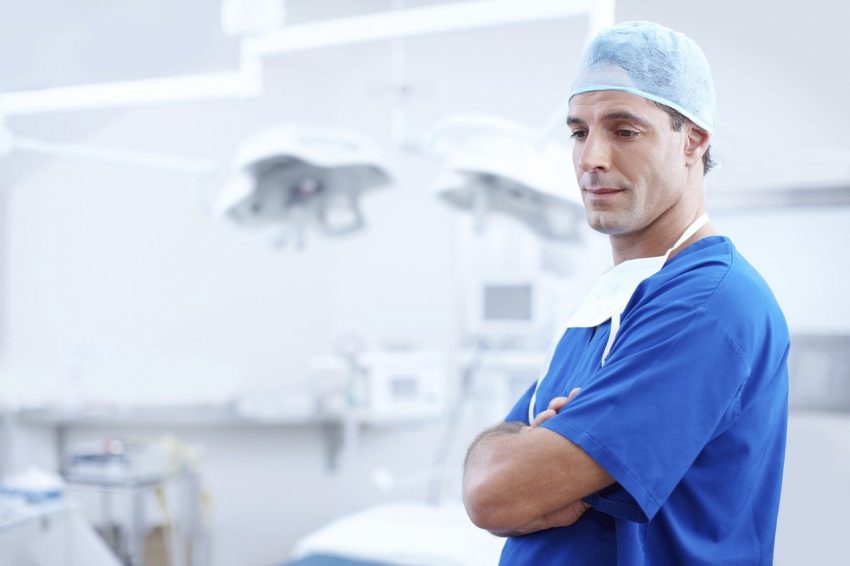Changes in our skin as we age are inevitable, including loss of moisture, changes in…

Laser Skin Resurfacing: The Lowdown
When we say resurfacing, it instantly sounds a bit scary, doesn’t it? It’s actually not. It’s a remarkably safe procedure that can make you feel like a new person. And it doesn’t so much as resurface (which implies removing the surface and replacing it with a new one); no, this laser treatment is more akin to rejuvenation…
Mostly.
Today we’re here to give you the lowdown on the ever-popular laser skin resurfacing treatment.
What is laser skin resurfacing?
Simply put, laser skin resurfacing is a procedure that uses lasers to improve the texture and appearance of our skin. It can be carried out using two different types of lasers, ablative and non-ablative lasers.
This is because each laser works differently. And has a different effect on our skin.
Ablative lasers are used to get rid of scars, warts, and particularly deep wrinkles. They do this using carbon dioxide, or Erbium, both of which remove the outer layers of skin. The latter is used for some of the finer lines and wrinkles, and other superficial skin concerns.
Non-ablative lasers work differently. They use pulsed light, fractional lasers and pulsed-dye lasers, and don’t actually remove any skin layers.
These types of lasers are commonly used to treat acne, thread veins and rosacea, but aren’t offered as part of the laser skin resurfacing treatments at Cambridge Laser Clinic. This is because they are less effective than ablative lasers for skin resurfacing procedures.
Is this procedure right for me?
Laser skin resurfacing is most often used to treat acne-related skin concerns, age-related skin concerns and sun damage. It goes one step beyond treating these issues with over-the-counter medications.
Age spots, fine lines and wrinkles, crows feet and sagging skin; all signs of ageing that can be treated with this laser-based procedure. Similarly, laser skin resurfacing can be effective at:
- Improving acne scars and other scars
- Evening out skin tone
- Improving enlarged oil glands
- Removing warts
If any of the above sounds like your skin concerns, this laser treatment could be the best move for you.
However, keep in mind, your skin tone influences how effective this treatment will be. Those with naturally lighter skin are particularly excellent candidates, simply because there is less risk of hyperpigmentation occurring.
Unfortunately, the procedure isn’t suitable for people with current, active acne breakouts. Similarly, it won’t be suitable for those with a lot of sagging skin.
How does laser skin resurfacing work?
By targeting the outside layers of your skin and simultaneously heating the lower layers, collagen production is boosted. This helps your body to produce new skin, which will be smoother and firmer than before.
Laser skin resurfacing isn’t the type of clinic-based procedure you can just turn up for, unfortunately; it requires preparation work to be done to your skin in the weeks prior to the treatment.
Preparing the skin is absolutely crucial in order to help your skin become more tolerant to such treatments. And reduce the risk of possible side effects.
On the day of your treatment, your practitioner may use a topical anaesthetic on the area you’re receiving treatment on. Whether or not an anaesthetic is used depends on the type of laser required. You may instead receive a gentle application of cooled air across your skin through the procedure to reduce any discomfort.
During the treatment, your practitioner will move the selected laser slowly around the area of skin being treated. Most patients describe this as a feeling like mild sunburn, and very low on the pain scale.
Once the procedure is completed, we apply a CU3 serum or petroleum jelly to the treated area. This is to form a seal on the skin and prevent water loss and dehydration in the area.
Possible side effects and risks
Almost all cosmetic procedures come with some risk of side effects, and laser skin resurfacing is no different. However, these are fairly rare.
Some potential side effects include:
- A rash
- A burning sensation
- Bumps on the skin
- Swelling
- Redness
- Hyperpigmentation
- Possible infection
If you correctly follow the clinic aftercare instructions we provide you, the risk of these complications is considerably reduced. However, it’s important to be upfront and honest with your practitioner before you get started; some medications (including those you popped into Boots for, over-the-counter) can increase the risk of scarring.
It’s better to be safe than sorry!
Incidentally, bad news for smokers: it’s recommended that you avoid smoking for at least two weeks before your appointment, and for another two weeks after the laser treatment. Not doing so can increase your risk of unpleasant side effects.
Laser Skin Resurfacing Aftercare
Once your procedure has been completed, you can go home. And you can return to work, or whatever it is you were doing before (besides sunbathing!) right away. But that doesn’t mean that you don’t need rest.
Some downtime and allowing your skin the freedom to recover naturally are highly recommended. Taking some time to relax and recuperate will reduce your risk of side effects. It could even speed up your healing time.
Duration of Healing & Side Effects
Healing can take as little as 3 days, but most often up to 10 days; it all depends on the size of the treated area. As you’ve probably guessed, larger areas have a longer healing time.
Even if you think you’re fully healed after three days, we’d recommend waiting a while longer.
As your skin is healing, you’ll notice it will become quite red and scab over. Yes, we know it’s not the look you were going for, but it’s temporary. Where there’s swelling, feel free to use an icepack – just don’t put anything on your face that risks infection.
You’ll probably also see some slight peeling.
It’s not necessary to stay at home for the full 10 days of your recovery. Keep in mind though that visiting places that encourage infection isn’t a good idea. So the gym’s out (for now).
Cleansing
While your skin is healing, you need to be strict about your skincare routine, adjusting it accordingly.
Clean the treated area 3-4 times a day for the first four days after visiting the clinic for your treatment. For this, use a vinegar soak (your practitioner will explain this).
It can also help with healing to apply a moisturiser to the treated area, but not all moisturisers are suitable. Make sure to discuss this with your practitioner after your treatment.
Protection
Following your laser skin resurfacing treatment, you’ll find your skin is particularly sensitive to the sun for around 12 months. Wear a sunscreen of at least SPF 30 at all times after your treatment (and every day, for that matter!), no matter the weather, to reduce the risk of sun damage.
What kind of results will I see?
As with most cosmetic procedures, the end results of laser skin resurfacing vary from person to person, and depend on the type and number of treatments. Often, your skin concerns can be corrected in one session using ablative lasers from Cambridge Laser Clinic.
The main variation in results comes from the specifics of which part of your skin (and how much of it) is being treated. But you can generally expect treatment results to last for several years.
Skin Resurfacing at Cambridge Laser Clinic
The team at Cambridge Laser Clinic understands that this is a delicate procedure. And that any treatment on the face will have lasting, visible results. That’s why we pride ourselves on using only the best, state-of-the-art technology to ensure you get the results you want.
Our practitioners are fully qualified to work with you towards your skin goals. We talk you through every step of the procedure, answering your questions so that you feel as comfortable and knowledgeable as possible.






